NUHADANG [Korea Quality] / 누하당 [한국관광 품질인증]
1.9Km 2020-09-10
49-7, Pirundae-ro, Jongno-gu, Seoul
010-9692-1330
Guesthouse Nuha is a ‘hanok’ or traditional Korean house consisting of four guestrooms located in Nuha-dong, Seochon (west of Gyeongbokgung Palace, Jongno, Seoul) where many Confucian scholars and artists lived during the Joseon Dynasty.
Exuding a refined atmosphere, Guesthouse Nuha is very popular among not only domestic visitors but also foreign tourists who want to experience the flavor of Korea in a cozy hanok. All four guestrooms (An-bang, Sarang-bang, Geul-bang, and Byeol-dang) are covered with eco-friendly hanji (traditional Korean paper handmade from mulberry tree) wallpaper, and are equipped with a thick cotton-wool comforter and pillows imbued with the scent of Hinoki cypress tree to help guests relieve their fatigue.
Breakfast is served free of charge. Guests can also experience traditional Korean culture here, such as playing a Korean musical instrument (janggu or double-headed drum), playing a game of yut in the yard, or wearing hanbok (traditional Korean clothes). Although a local bus service passes through the village, it is highly recommended to take a quiet leisurely around the area.
Galería K.O.N.G. (공근혜갤러리)
1.9Km 2024-08-06
Samcheong-ro 7-gil 38, Jongno-gu, Seúl
Ramada Hotel Dongdaemun (라마다호텔 동대문)
1.9Km 2021-06-15
354, Dongho-ro, Jung-gu, Seoul
+82-2-2276-3500
Ramada Hotel Dongdaemun is a business hotel located in the heart of Seoul. It is located within a short walking distance from Dongdaemun History & Culture Park with many of Dongdaemun's major shopping centers close by. The hotel offers a conference room that can accommodate up to 20 people and a business center that caters to guests who are on a business trip. Guests can also take advantage of free Wi-Fi from their room.
CAFÉ TERRACE (카페테라스)
1.9Km 2021-03-26
102-2, Samcheong-ro, Jongno-gu, Seoul
+82-2-723-8250
It is a café that serves delicious waffles. This cafe is located in Jongno-gu, Seoul. The representative menu is waffle.
Daesungjip (대성집)
1.9Km 2021-03-27
5, Sajik-ro, Jongno-gu, Seoul
+82-2-735-4259
Daejungjip has specialized in Dogani tang (ox knee joint soup) for 60 years. Customers can feel a simple and familiar ambience at the restaurant.
Museo de la Vida Cotidiana de Bukchon (북촌생활사박물관)
1.9Km 2022-08-30
Bukchon-ro 5-nagil 90, Jongno-gu, Seúl.
En este museo se exponen aquellos objetos y muebles antiguos recolectados en el área de Bukchon, en Seúl. Fue inaugurado en el año 2003 y tiene en exposición objetos utilizados hace cientos de años y heredados por varias generaciones, pero que han caído en desuso tras la industrialización. Entre ellos se encuentran el maetdol (molino de piedra que se utilizaba para moler granos), el jangdok (tinaja para almacenar conservas como salsa de soja, pasta de pimiento rojo, etc.) y el yogang (urinal coreano), entre ellos.
Desde antaño, la zona de Bukchon, que incluye los barrios de Wonseo-dong y Samcheong-dong, fue un área de concentración y conservación de las casas tradicionales hanok. El secreto por el que dichas casas se mantienen hasta hoy en día se debe a su estilo arquitectónico tradicional, compuesto por un depósito, el suelo de las habitaciones cubierto de madera, la buhardilla, etc. Hasta la fecha, el museo conserva aproximadamente 20,000 piezas de la vida cotidiana, pero en exposición hay entre 300 y 400.
Samcheongdong Sujebi (삼청동수제비)
1.9Km 2019-06-13
101-1, Samcheong-ro, Jongno-gu, Seoul
+82-2-735-2965
Get off the subway at Gyeongbokgung Station (Subway Line 3), follow the wall of the Gyeongbokgung Palace and you'll find yourself facing a street with majestic trees whose foliage changes every season. This street leads directly to Samcheong-dong. As you enter Samcheong-dong and walk towards the Samchong-dong Tunnel, you'll come across Samcheongdong Sujebi, located right next to the Prime Minister Legation.
Samcheongdong Sujebi became a hit among Japanese tourists, after being featured in a popular Japanese magazine. The main dish here is, of course, sujebi (a traditional Korean soup consisting of chunks of dough and various vegetables). It comes in a pot full of sliced pumpkin, clams, and potatoes. This delicious soup is so tasty that there's almost always people lined up outside the restaurant. Other popular items include dongdongju (traditional Korean liquor) and gamjajeon (a Korean potato pancake that uses only potato starch and no other ingredients).
Calle Frontal de Cheong Wa Dae (청와대 앞길)
2.0Km 2022-06-30
Gungjeong-dong, Jongno-gu, Seúl
La calle frontal de Cheong Wa Dae (también conocida como Casa Azul) está abierta al público e incluye el Hyoja Samgeori (intersección de tres calles) en Hyoja-dong y el Palpan Samgeori (intersección de tres calles) en Palpan-dong. Cuando se camina por la calle Hyoja-ro, desde la Estación de Gyeongbokgung del metro, se pueden ver una fuente, el jardín Mugunghwa, y los pabellones Daegogak y Yongbingwan. Al principio de la calle, enfrente de Cheong Wa Dae, árboles y hermosos jardines de flores decoran los dos lados de la misma, creando un agradable lugar para pasear.
Residencia Sangchonjae (상촌재)
2.0Km 2023-08-17
Jahamun-ro 17-gil 12-11, Jongno-gu, Seúl
The King's (더 킹스)
2.0Km 2020-04-24
287, Dongho-ro, Jung-gu, Seoul
+82-2-2270-3121
The King’s is a premium buffet offering live music and top-quality, fresh dishes. Serving up “à la minute” cuisine in which food is cooked fresh to order, the restaurant is particularly known for its live seafood. In addition to the live seafood corner, The King’s buffet boasts 150 international foods in 10 different sections, including a Chinese food corner with dim sum, grilled Peking duck, stir-fry, and other authentic Chinese dishes prepared by Chinese chefs.
![NUHADANG [Korea Quality] / 누하당 [한국관광 품질인증]](http://tong.visitkorea.or.kr/cms/resource/58/2532358_image2_1.jpg)
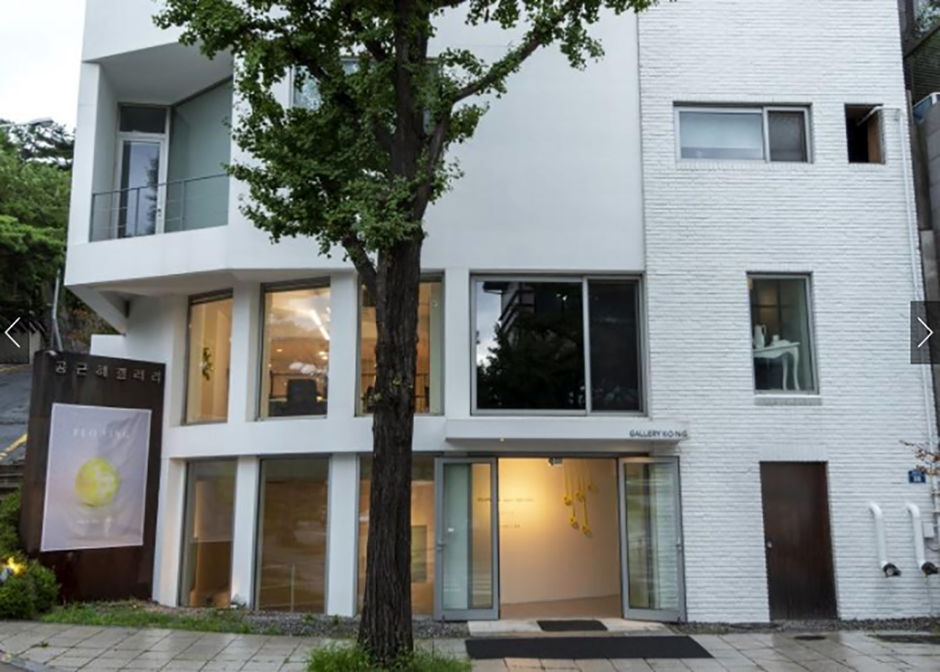

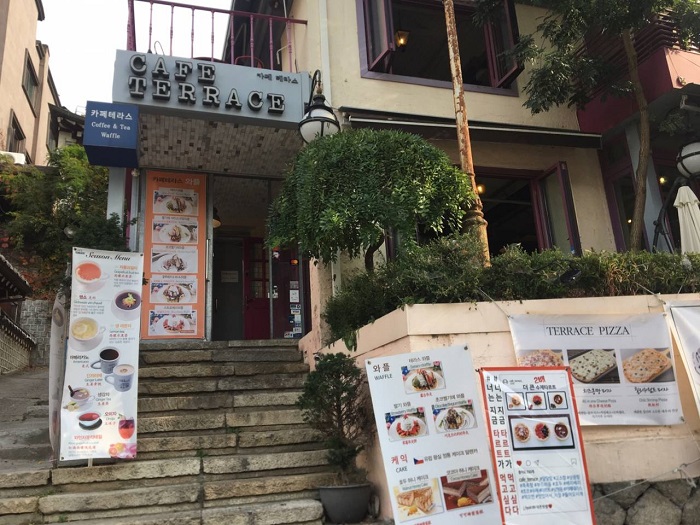
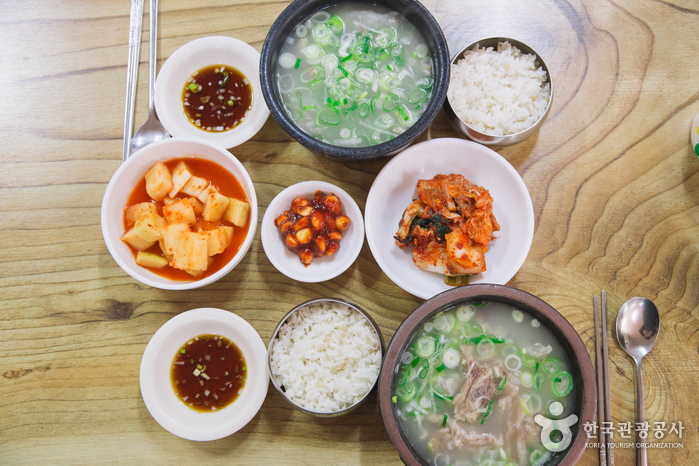
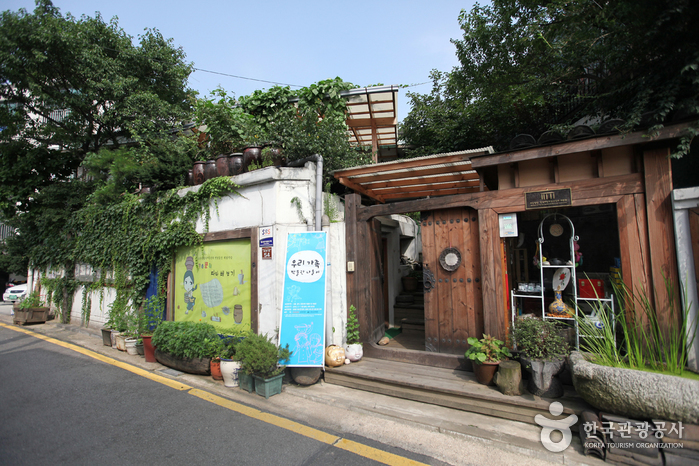
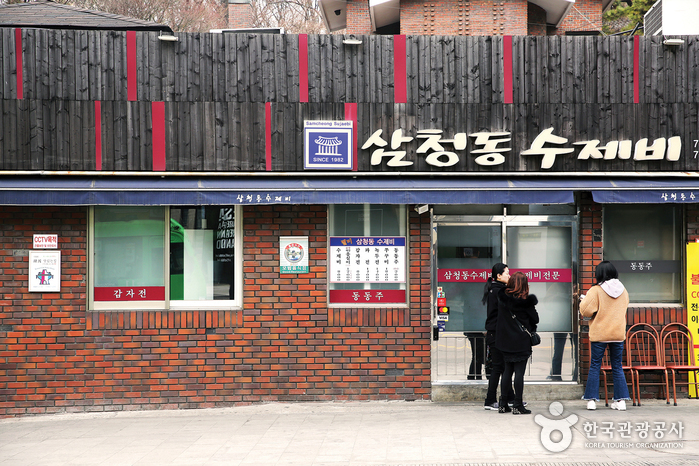
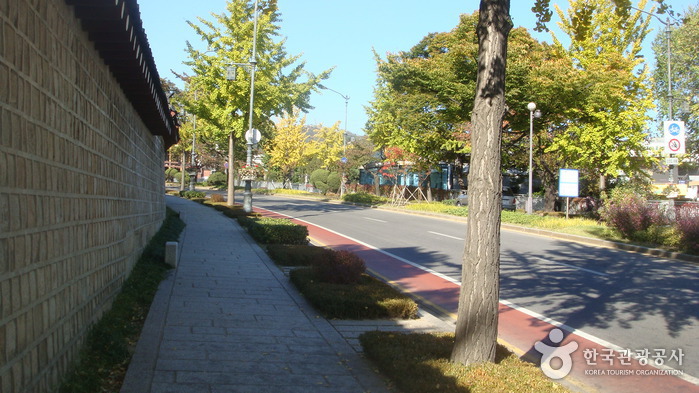
 Español
Español
 한국어
한국어 English
English 日本語
日本語 中文(简体)
中文(简体) Deutsch
Deutsch Français
Français Русский
Русский